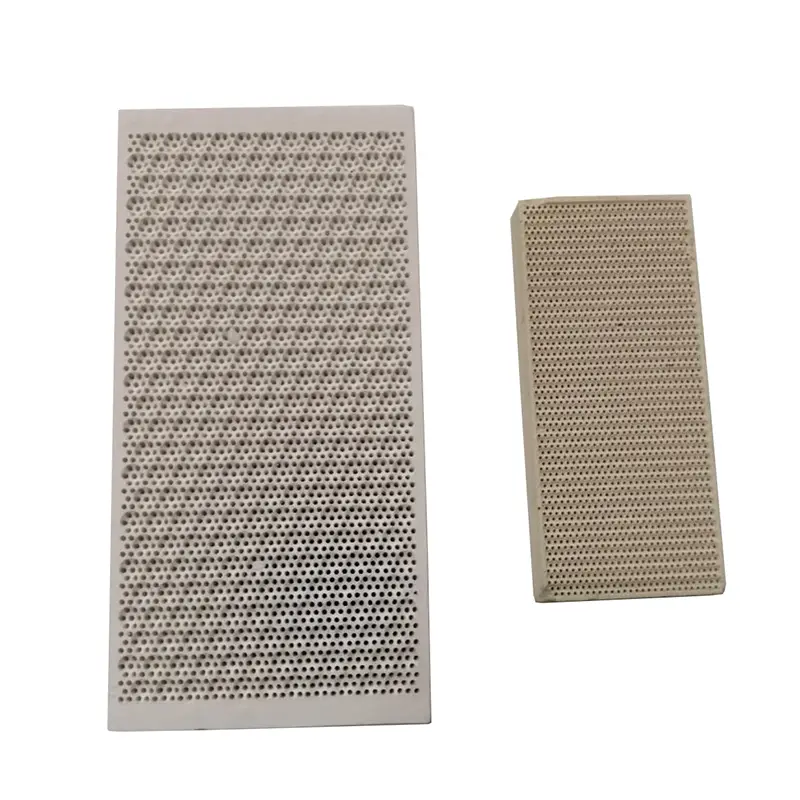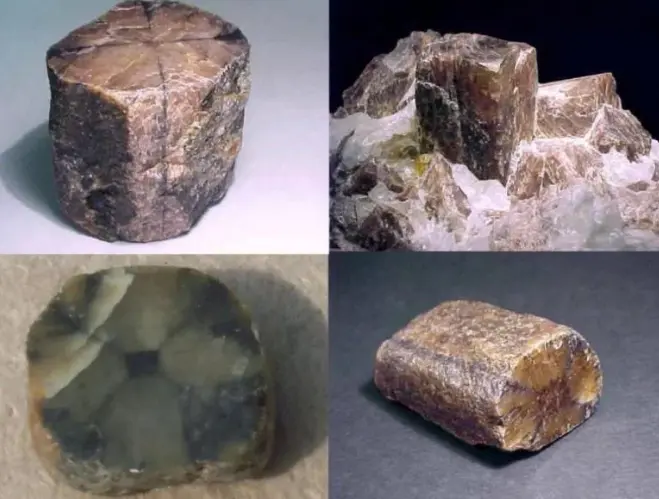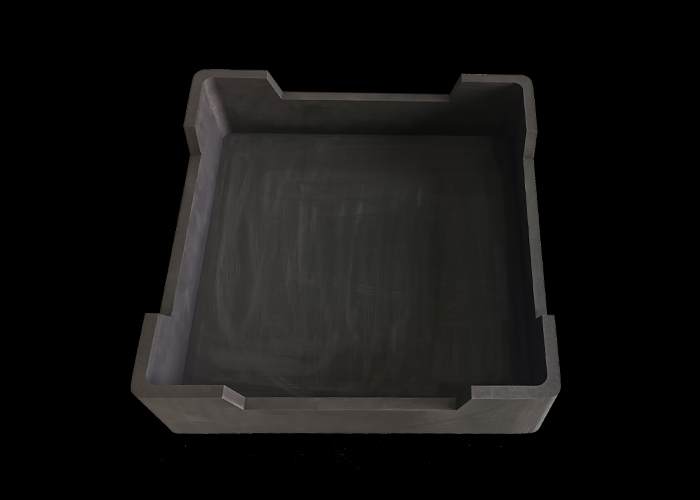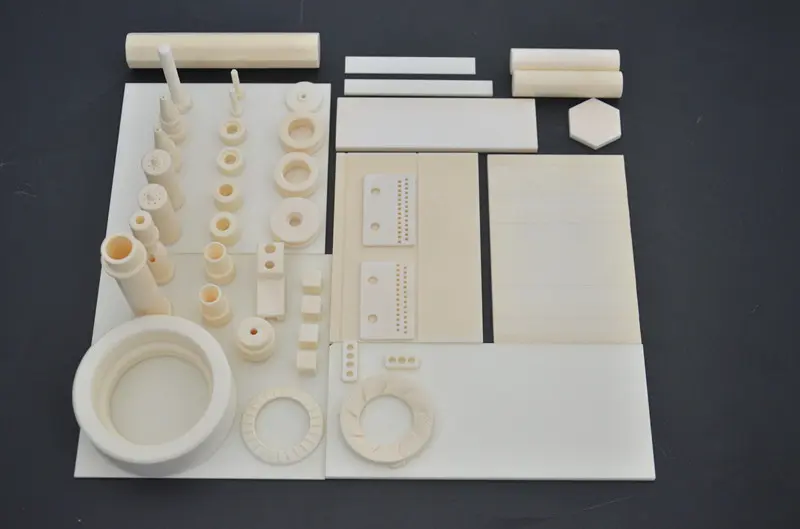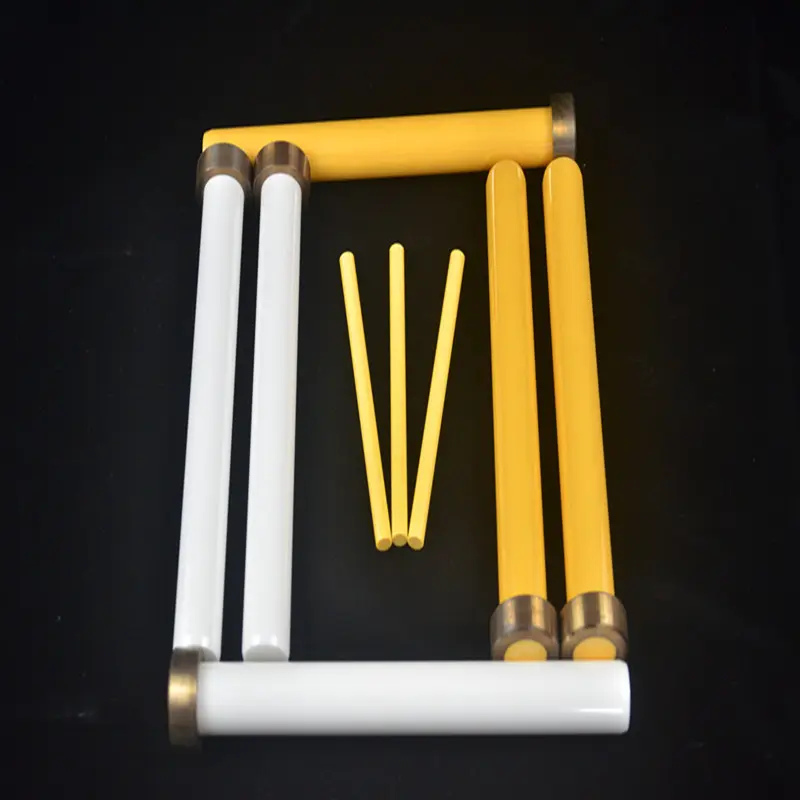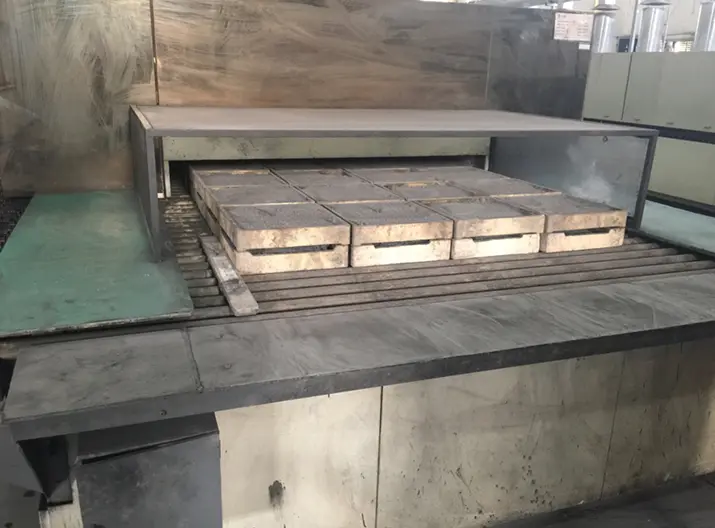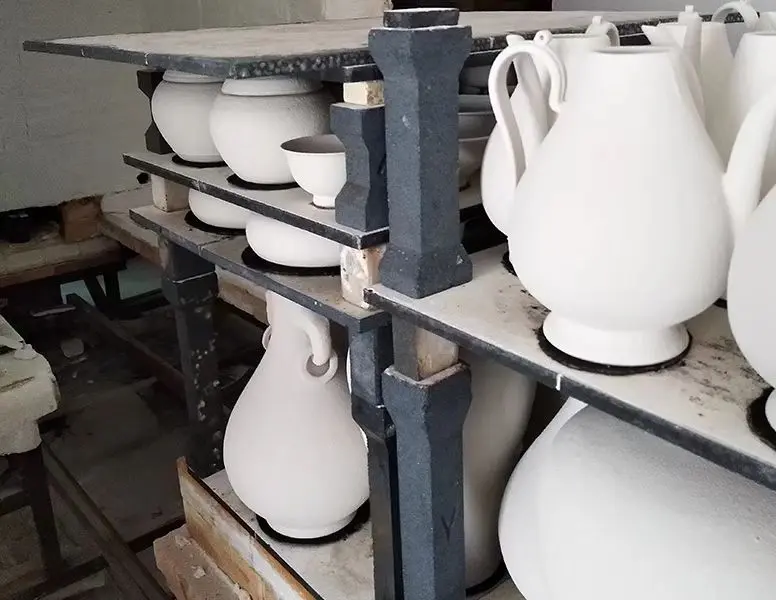Application of Mullite Lightweight Insulation Brick
1. Industrial Furnaces and Kilns
One of the primary applications of mullite lightweight Insulation Bricks is in the construction of industrial furnaces and kilns. These bricks are ideal for lining high-temperature environments, such as those found in steel, glass, and ceramic manufacturing. Their ability to withstand temperatures exceeding 1600°C makes them suitable for use in environments where traditional insulation materials would fail. The lightweight nature of these bricks also reduces the overall weight of the furnace structure, leading to lower construction costs and easier installation.
2. Refractory Applications
Mullite lightweight insulation bricks are extensively used in refractory applications due to their excellent thermal stability and resistance to thermal shock. They are commonly employed in the production of refractory linings for boilers, incinerators, and other high-temperature processing equipment. The low thermal conductivity of these bricks helps to minimize heat loss, thereby improving energy efficiency and reducing operational costs. Additionally, their durability ensures a longer service life, which is crucial in industries where downtime can be costly.
3. Energy Efficiency in Buildings
In the construction industry, mullite lightweight insulation bricks are increasingly being utilized for energy-efficient building designs. Their insulating properties help maintain stable indoor temperatures, reducing the need for excessive heating or cooling. This not only contributes to lower energy bills but also supports sustainability efforts by minimizing the carbon footprint of buildings. Architects and builders are recognizing the benefits of incorporating these bricks into walls, roofs, and other structural elements to enhance thermal performance.
4. Aerospace and Automotive Industries
The aerospace and automotive industries are also exploring the use of mullite lightweight insulation bricks for thermal protection systems. These bricks can be used in heat shields and other components that require lightweight yet durable materials capable of withstanding extreme temperatures. The ability to reduce weight without compromising performance is particularly valuable in these sectors, where every gram counts in terms of fuel efficiency and overall performance.
5. Research and Development
Ongoing research and development in the field of materials science are likely to expand the applications of mullite lightweight insulation bricks. Innovations in manufacturing processes and formulations may lead to enhanced properties, such as improved thermal shock resistance or even lighter weights. As industries continue to prioritize sustainability and energy efficiency, the demand for advanced insulation materials like mullite lightweight insulation bricks is expected to grow.
Conclusion
The application of mullite lightweight insulation bricks spans a wide range of industries, from manufacturing to construction and aerospace. Their unique combination of high-temperature resistance, low thermal conductivity, and lightweight characteristics makes them an ideal choice for various high-performance applications. As the world moves towards more energy-efficient and sustainable practices, the role of mullite lightweight insulation bricks will undoubtedly become more prominent, paving the way for innovative solutions in thermal management and insulation.


